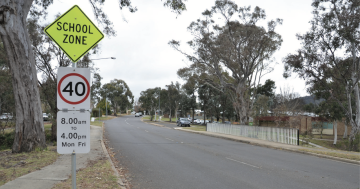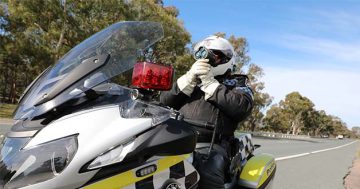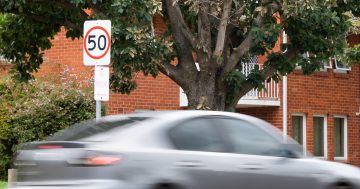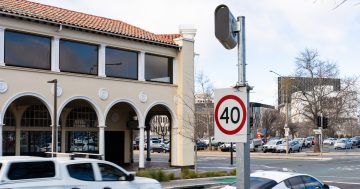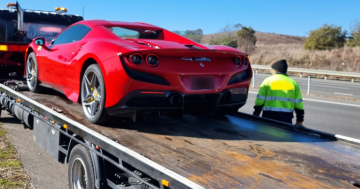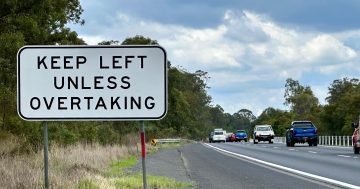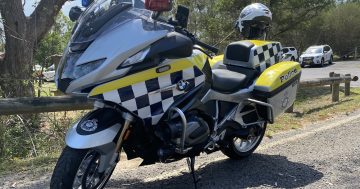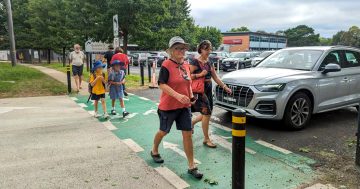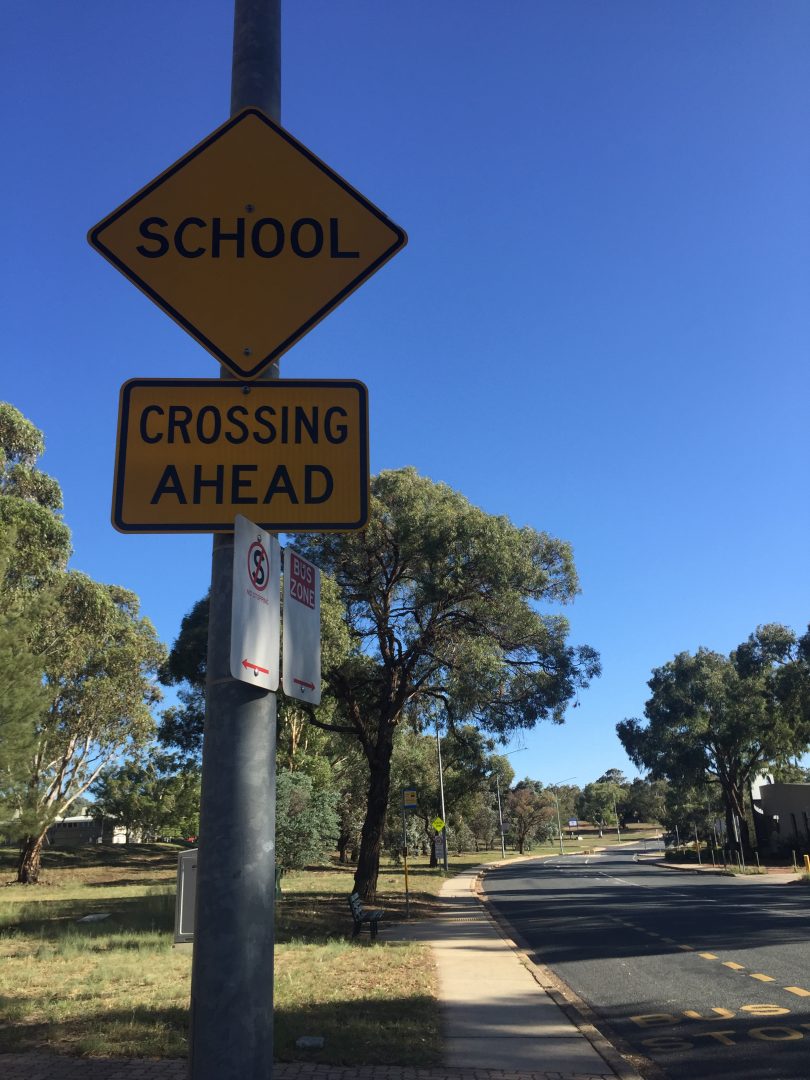
ACT Policing said that motorists used a variety of excuses for speeding in school zones including being late. File photos.
More than 330 motorists have been fined for speeding in ACT school zones during the first two weeks of school for 2019 as debate hots up about whether the zones should be confined to peak periods as they are in NSW.
A total of 337 motorists were caught speeding in 40 km/h school zones by either the police or mobile speed vans between February 4 and 15 this year with one motorist clocked doing nearly double the speed limit (77 km/h) outside St Vincent’s Primary School in Aranda.
The three main zones where mobile vans detected motorists speeding were near Canberra Boys Grammar in Mugga Way (48 fines issued), near Canberra College in Launceston Street (33 fines) and near Radford College in College Street (32 fines).
ACT Policing said that motorists used a variety of excuses for speeding in school zones including being late, not knowing it was a school zone and saying that ‘the school zones where I’m from don’t go for the whole day’.
In the ACT 40 km/h school zones are in place from 8 am to 4 pm while in NSW most school zones operate from 8 am to 9:30 am and from 2:30 pm to 4 pm.
ACT Opposition education spokesperson Elizabeth Lee has previously flagged the need for community discussion about whether to bring the ACT into line with NSW on school zone times.

ACT Opposition education spokesperson Elizabeth Lee would like there to be community discussion on ACT school zone times.
Earlier this month, while announcing a Canberra Liberals’ push for all hazardous school crossings in the ACT to have flashing lights and supervisors, Ms Lee also invited feedback from the community on school zone times.
“We’ve been getting some great feedback about these time zones. We would really welcome more people getting engaged and telling us how they feel,” Ms Lee said.
“We’ve had some feedback from parents, especially those who do a lot of work or live across the border saying that it is consistent and so that would be good.”
However, ACT Road Safety Minister Shane Rattenbury said the ACT’s 40km/h school zones have been in place since the 1980s and he was not looking at changing the times.

ACT Road Safety Minister Shane Rattenbury said the school zones have been in place since the 1980s and kids come and go at different times.
“They’ve always been an all-day affair and with kids coming and going at different times I think that’s increasing in the modern world,” Mr Rattenbury said.
“I’d be very reluctant to take the 40 km/h zone away in those middle hours. There are kids moving about. I just can’t imagine why you would increase the risk.”
The number of motorists fined for speeding in ACT school zones this year was less than half the number fined in the same time period last year according to ACT Government figures, but Mr Rattenbury said this was because there was a “significant blitz” on the issue last year.
“The fact that normal enforcement turns up more than 300 infringements in two weeks is frustrating,” Mr Rattenbury said.
“Speeding through a school zone does put our children at risk. They are not paying attention to the roads too often. They should be but they don’t – they’re busy doing other things.
“The adults who are driving the cars need to take that extra bit of responsibility to keep an eye out for our kids on the roads.
“If someone is struck at 50 km/h their chances of dying are exponentially higher than if they’re struck with a car at 40 km/h.”
An ACT Government spokesperson said that while the highest level of pedestrian activity occurs during drop off and pick up times, children may be near the school zone at lunchtime, for excursions or for many other reasons such as arriving late at school after attending an appointment.
“The continuous operation of school zones speed limits throughout the school day minimises confusion for drivers and provides better safety for children attending school,” the spokesperson said.
Do you think 40 km/h school zones should be in force all day or just during peak school periods? Let us know in the comments below.












